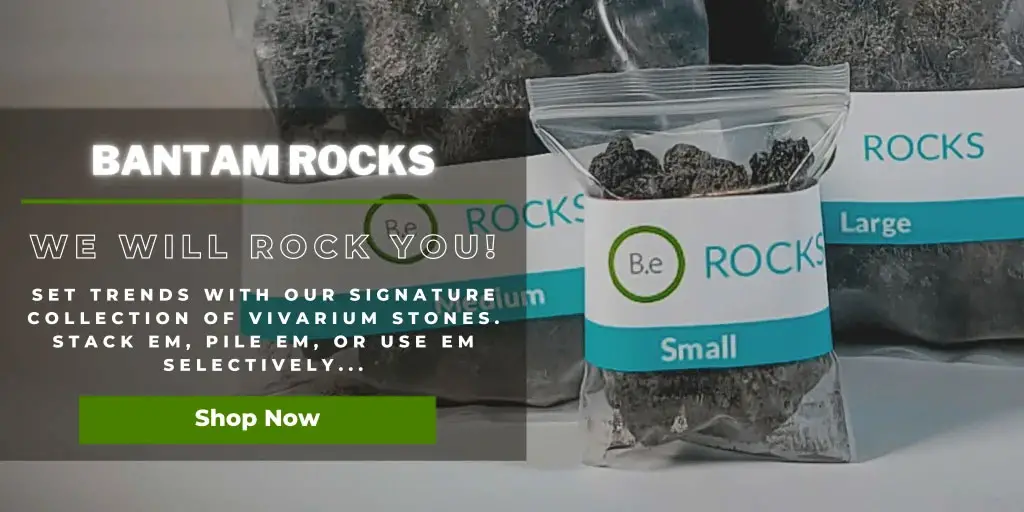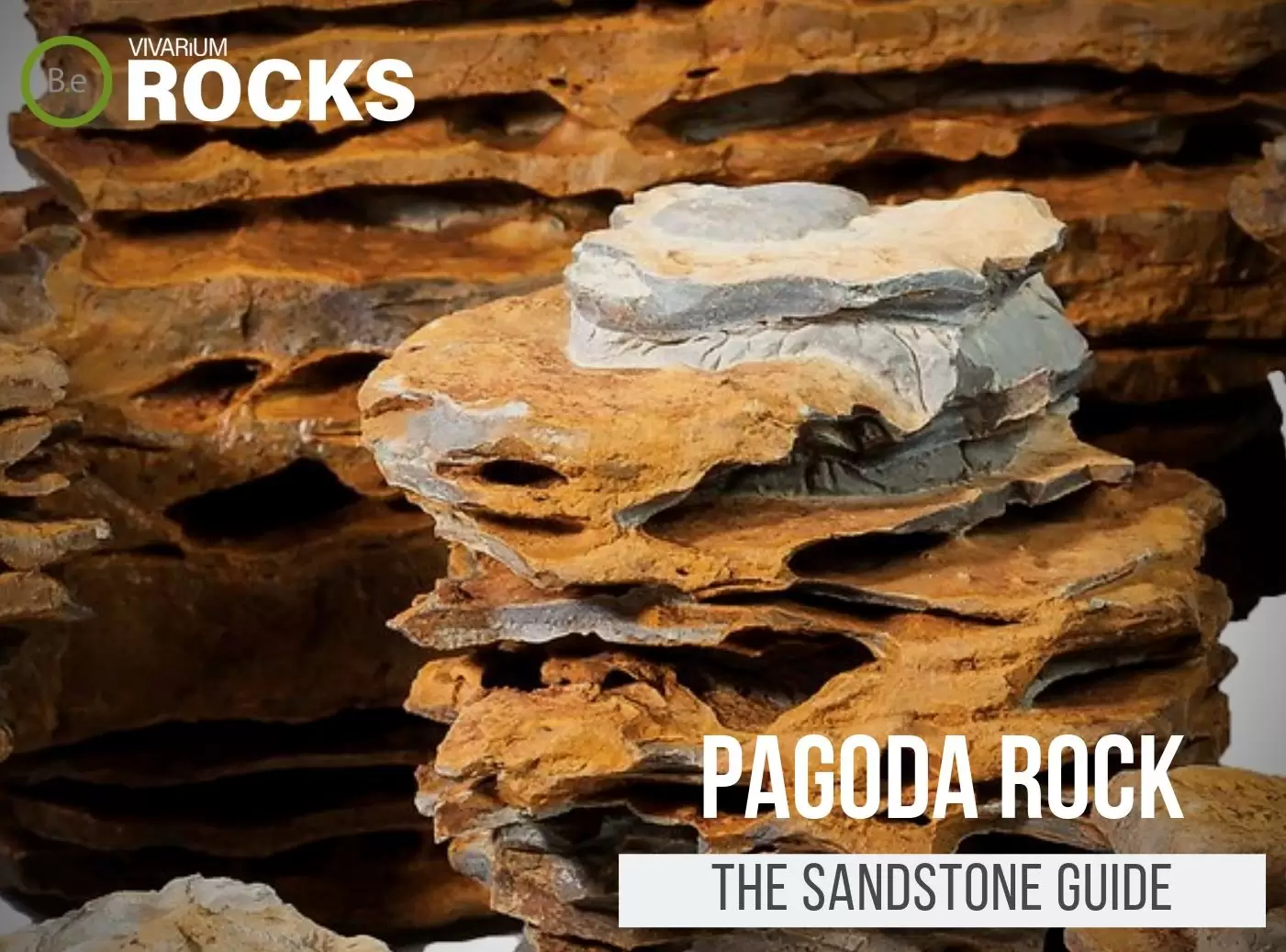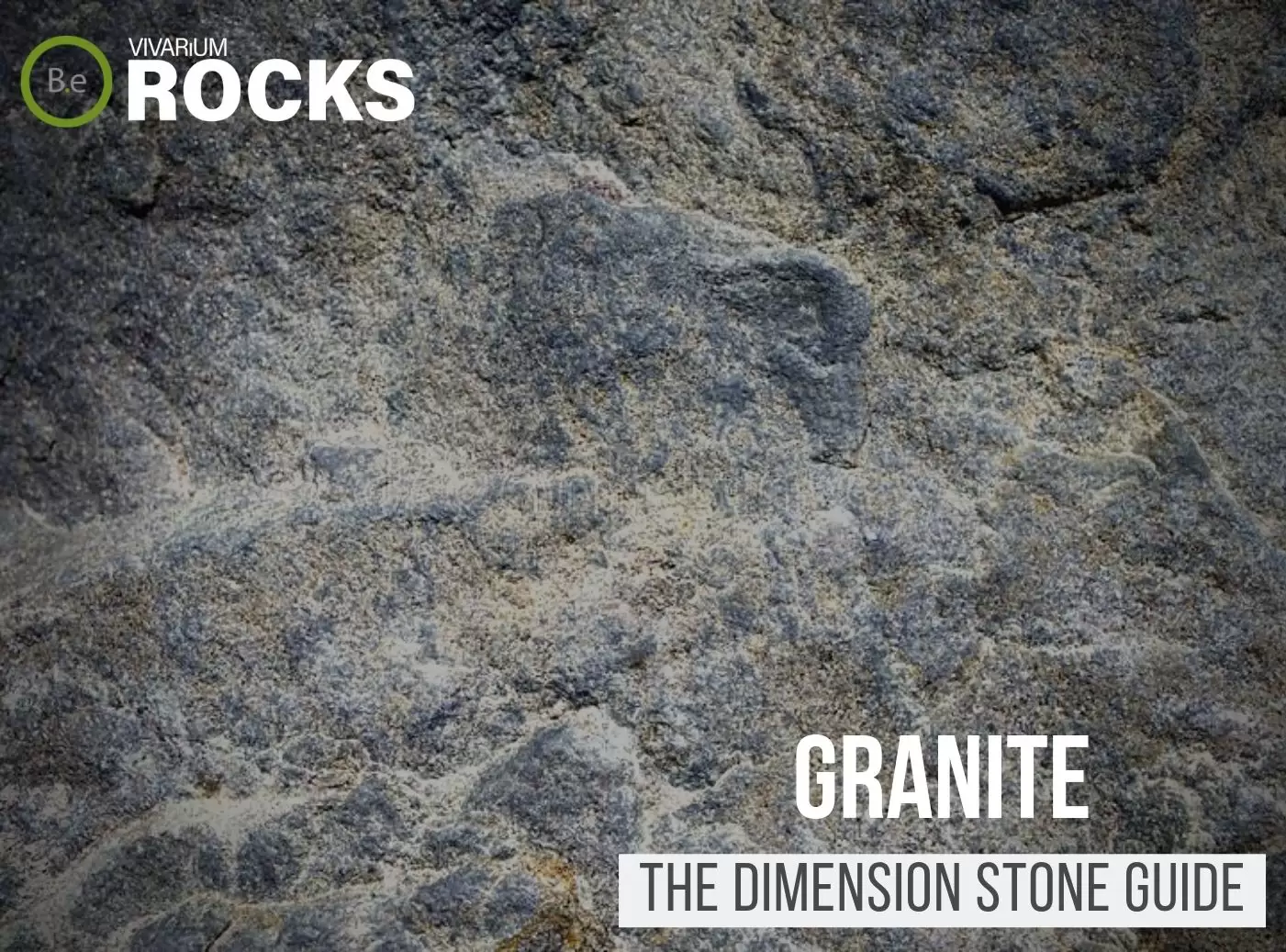If you are considering the use of Marble Rock in an aquarium there are a few things you need to know first.
Rather or not it is safe for vivariums of any type will depend on what type of biotype it will be used for.
This Metamorphic Limestone can be beneficial for some tanks while devastating to others.
Today’s article will tell you everything you need to know about Marble Rocks.
| Quick Stats: | |
|---|---|
| Traditional Name | Marble Rock |
| Common Names | Calcite Marble, Dolomite Marble, Metamorphic Limestone |
| Origin | Beneath Earth’s Crust |
| Habitat | Mountain Cliffs, Coastal Edge, Canyons |
| Color | White, Gray, Black, Pink, Green, Brown |
| Density (g/cm3) | 2.71g |
| Hardness | 3 – 4 |
| PH Impact | Alkaline (Raises PH) |
| Elemental Type | Metamorphic Rock (Calcite, Dolomite) |
Table Of Contents:
ToggleWhat Is Marble Rock?
Marble is a metamorphic rock composed of calcite or dolomite minerals.
It will originally start as a Carboniferous Limestone or Dolostone.
Once exposed to high amounts of heat and pressure, the minerals that make up the original rock will start to recrystallize forming a harder, sparkling textured stone.
This new composition of rock will either be considered a Calcite Marble or Dolomite Marble depending on the type of limestone it metamorphosed from.


Marble Rock Facts
Marble Rock is one of the most common metamorphic rocks sold to date.
It is generally used to make statues as well as flooring in the construction industry and is considered to be a very expensive stone to acquire.
The stone is sold as both crushed stones as well as dimensional stones when cut in slabs.
When used in the vivarium hobby, the crushed stone version of Marble is usually the more sought-after form suitable for tanks or terrarium dishes.
Description
The purest form of Marble Rock is often white.
Due to impurities in the original Limestone before metamorphose, this stone can be commonly found in a variety of other colors too…
Like light gray, pink, green, and even black! Another variation of the rock that often comes to mind is white with swirling bands of those colors.
When it comes to using in a vivarium, it is better to stick with colored Marble or at the very least, white due to the mixture of minerals that might not be suitable for the same type of hardwater environment as the calcite mineral that makes up the white color.
When Marble Rock is fully metamorphosed, it will present a coarse-grained texture due to the visible crystals calcite has formed into.
While placed under a light, this rock will sparkle which is a very rewarding character when placed underwater in aquariums.
No fossils will remain after the crystallization of the stone and if found would be a clear indication that the rock is still in its sedimentary form as a Limestone.
The average density of Marble Rock is 2.71 grams per cubic centimeter.
This would make the rock rather heavy to work within large amounts.
Securely place it in vivariums when using larger sizes and be sure to keep it away from the glass sides of aquariums.
Habitat
Marble Rocks form under the earth’s crust when Calcite Limestone or Dolomite is pushed closer to the core from sedimentary rocks accumulating above it.
As the pressure and heat rise, the original stone begins metamorphosis.
The rocks will remain there until it is either dug up or pushed back to the surface through tectonic plate movement.
If pushed to the surface naturally, the rocks will begin to form mountains or cave-ins that appear as canyons.
These stones are often found near the coast as moving ocean water reveals the stone, slowly carving out the Marble cliffs.
Another type of Marble Rock formation that takes place in nature is through volcanic activity.
If a volcano erupts near Limestone, the rising temperatures caused by hot magma passing over the sedimentary rock will force the stones to convert to Marble as well.
These are all great opportunities to create aquascapes with Marble Rock the way nature intended.
Environmental Influence
Marble Rock has the same environmental influences that any typical limestone would.
It will raise the water hardness as well as pH levels over time.
Being a metamorphic rock, it will not weather as rapidly and cause the parameters to increase as drastically as its sedimentary counterpart.
With that in mind, it would be ideal to use Marble in saltwater enclosures that are more suitable for hard water conditions.
All animals, especially invertebrates, can benefit from calcium minerals as a dietary supplement.
Corals and shellfish will consume bits of the calcium-rich stone and use it to strengthen shells and skeletal tissues.
This is a necessity we will go more in-depth about for saltwater aquariums in the next section.
Vivarium Preference
The high pH/hardness influence would make Marble Rock ideal for hard water as well as saltwater ecosystems.
Placing this rock in freshwater setups would not be recommended as softwater thriving inhabitants would suffer from a sudden pH level increase.
I would recommend this rock in vivariums like aquariums, ripariums, and paludariums that are exclusively built for harder water conditions and saltwater environments.
Using these rocks in terrariums might limit the ability to house pets that thrive in tropical environments.
Furthermore, Marble is often used as gravel for vivarium plants like succulents and cactuses.
This stone is a great buffer to use on acidic soil siding to bring down the pH of the substrate.
Advantages
As I mentioned earlier, Marble Rock is ideal for enclosures that need high water parameters.
This is the perfect stone to consider for saltwater aquariums.
Marble is a great alternative to live coral reefs and sedimentary limestones.
As the stones weather, they leech beneficial minerals like calcium invertebrates and coral build their exoskeletons out of.
These stones are durable rocks that will last a long time and won’t crumble under normal conditions.
Disadvantages
This stone can be devastating to freshwater enclosures.
Softwater-dependent inhabitants will quickly perish as inevitable water parameters arise from the usage of Marble Rocks.
The acidic water these types of tanks establish will cause the rock to weather prematurely leading to possibly collapsing.
The density of Marble is another precaution to worry about.
Heavier stones like these will need to be placed securely to prevent damage if falling occurs within the vivarium.
Never place the rock on the bare bottom of the tank or up against the side glass.
The concentrated levels of pressure focused on the edge of the rock could cause the glass to crack.
Buy Marble Rock
Marble Rock is a rather expensive stone to buy in large sizes.
Luckily for us hobbyists, it can be acquired for a reasonable price when purchased as crushed stone.
The scale of this size is suitable for aquarium/terrarium use as either a substrate or hardscape material.
Click the image below to find out more about the current price and other relative info:
Marble Rock Recommendations
Here are a few more useful tips when working with Marble Rock for the first time.
Inspect the rocks to see what type of Marble has been acquired.
Based on the color as well as the sturdiness of the stone, you should be able to identify the possible minerals compacted into the formation of this rock.
Before placing this stone in any type of vivarium, always soak the stone and do a visual assessment to ensure there are no pests or toxic minerals contained within the rock.
As usual, clean the rocks to remove access dust or loose particles from the surface.
Cleaning Marble Rock
In most cases, new Marble Rock will need slight preparation before going into a vivarium.
This will matter more for aquariums rather than terrariums since unclean stones can cause water to change color.
Begin by placing stones in a bucket of cold water.
Scrub and redip each stone thoroughly in the bucket of water.
Rinse and repeat this process until you can place stones in a clean bucket of water and observe no noticeable change in color.
Chemicals like bleach can aid in sanitizing metamorphic rocks like Marble and shouldn’t harm such a durable stone.
Breaking Marble Rock
Marble Rock is a fairly easy rock to break into smaller pieces if needed.
A little too easy!
In many cases, hobbyists will simply bash a towel-covered piece of rock with a large hammer.
This is great for breaking the stone into lots of tiny pieces of rock…
The downside to this is the potential pile of the undesirably crumbled pebble.
Another way that I much prefer is with a rock chisel kit.
Chiseling off parts of the rock along the ridges is a more controlled way to break Marble into desirable shapes.
No matter which way the rock is broken up, make sure to wear safety goggles because parts of the rock will go airborne.
Also, reclean rocks as needed once they are broken.
Rocks Similar To Marble Rock
When designing a new enclosure for the first time, it would be best to stick with one kind of stone to use as a hardscape.
Furthermore, this type of rock can be hard to come by depending on where you are located in the world.
If for any reason, you find Marble Rocks difficult to acquire or simply want to consider something different…
There are a wide variety of stones to consider.
Here are some other types of stones one might find are worth taking a look at in place of Marble:
Conclusion
There you have it, Marble Rock can be a very suitable vivarium rock for specific biotypes.
The sparkling allure this stone warrants is very rewarding and can be extremely beneficial to hard water tanks when used as a substrate or hardscape.
Acquiring it in large pieces can be costly and difficult to ship so if you can find it locally, you are good to go!
This stone has a lot of history and will add value to any enclosure it is established within.
I would not recommend this for freshwater setups but if I decided to use it, I would most certainly pair it with good buffering driftwood or substrate.
What are your thoughts about Marble?
Do you currently use it in a setup with no problem?






